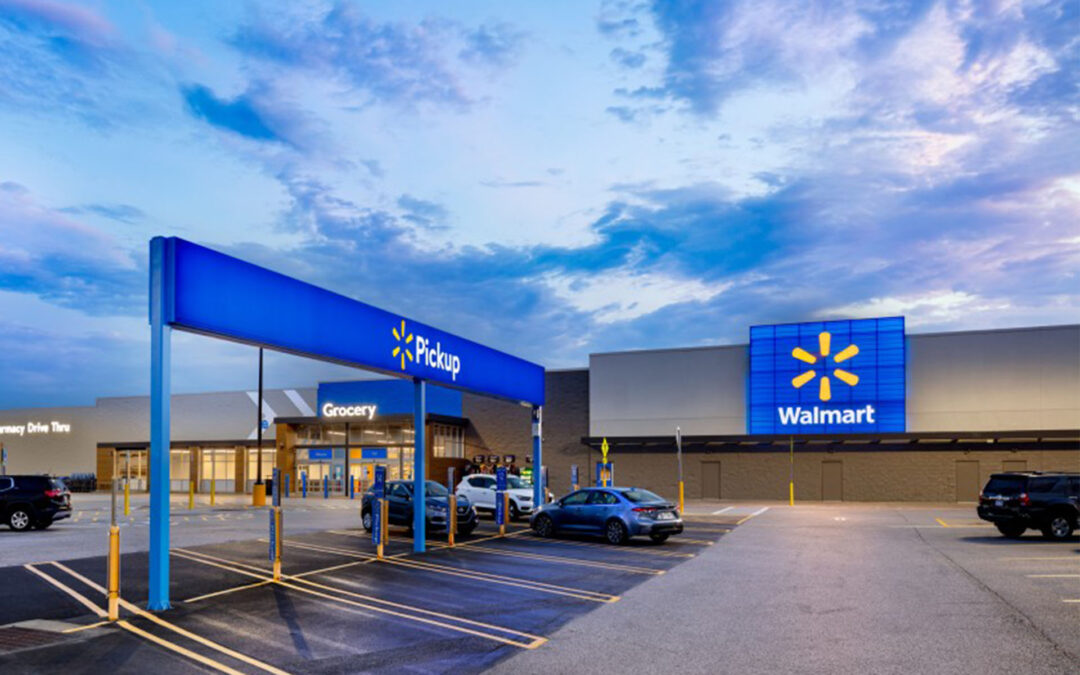According to preliminary Numerator research, the average spend per order for Amazon’s annual Prime Day promotion was $52.26, up from $44.75 for the same reporting period during last year’s version of the event, with 56% of orders placed at $20 or less and 13% at more than $100.
Top categories Prime Day buyers reported purchasing were Household Essentials, at 39%, Health & Beauty, at 28%, Consumer Electronics, at 27%, Apparel & Shoes, at 25%, and Home & Garden, at 22%.
The average household spend came in at $144.56, with one in five households spending more than $200. In the research, 62% of households that shopped Prime Day placed two or more orders and 16% placed five or more orders. However, 83% of Prime Day shoppers said that inflation and rising prices influenced their purchasing as 34% said they had waited to make a purchase until Prime Day, 28% passed on an item that was a great deal but not a necessity and 18% made stock-up purchases.
Given the occasion, Numerator maintained, 66% of Prime Day shoppers did not compare Amazon prices with those of any other retailers and 62% made online purchases solely from Amazon on Prime Day. In looking ahead, 11% of shoppers used Prime Day to get started on holiday shopping, and 8% said they bought back-to-school items.
The top selling Prime Day products were Fire TV Sticks, Echo Dot 4th Gens, Blink cameras and doorbells, Amazon Gift Card reloads and Ring Video Doorbells. Amazon-branded products accounted for 68% of Smart Home device purchases, 41% in consumer electronics, 37% in household essentials, 33% in grocery and 27% in apparel and shoes, according to survey results from consumers who purchased the categories, Numerator noted.
Although some demographic results were mixed, the majority of shoppers were women and high income.





